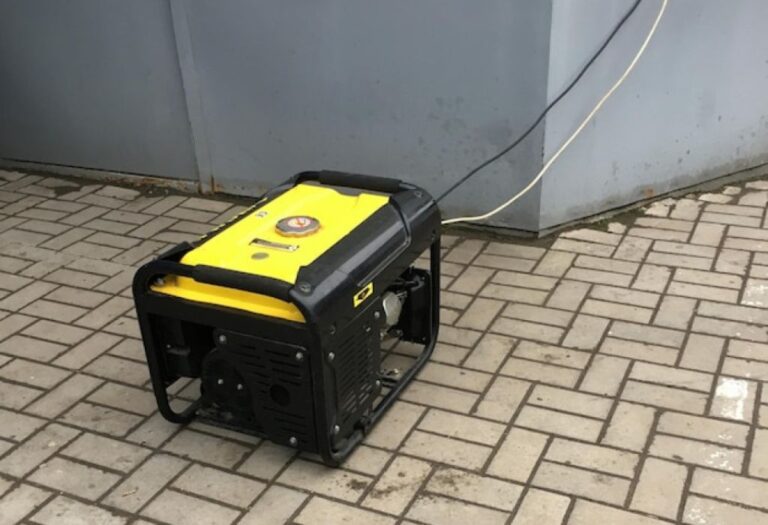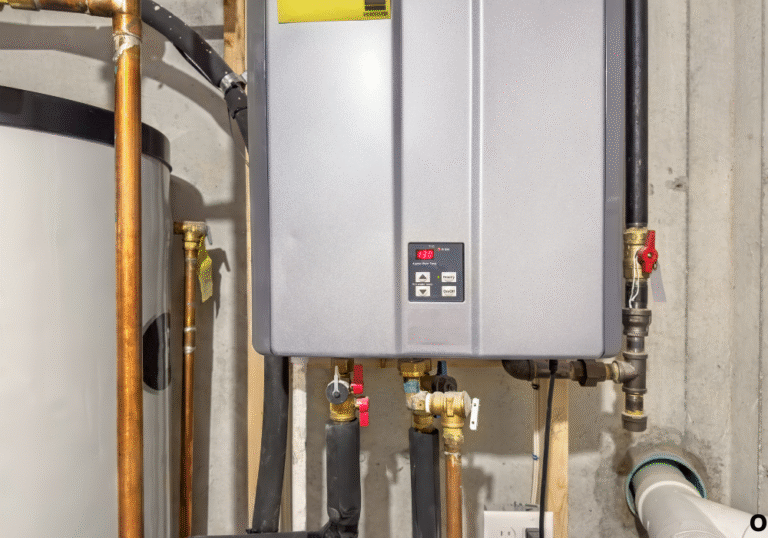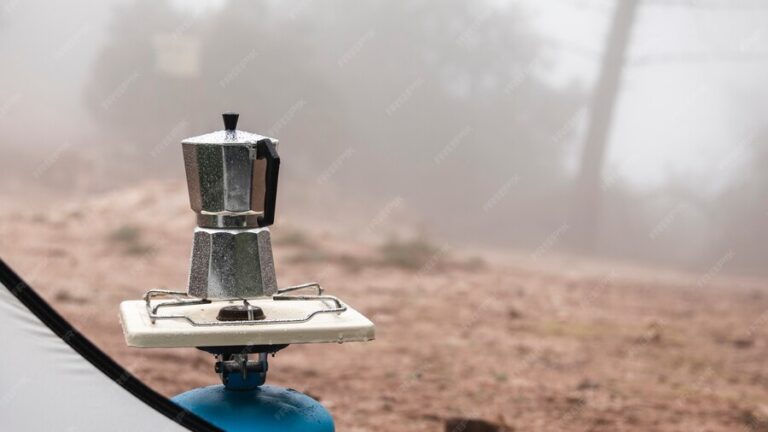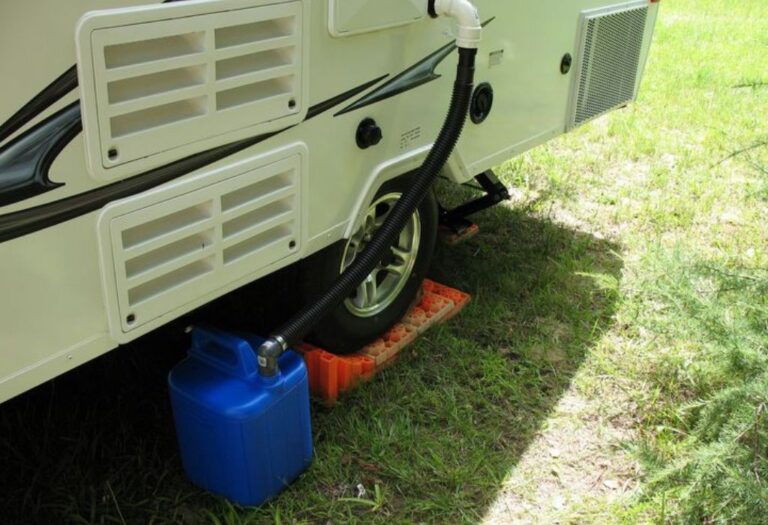How to Get Air Out of RV Water Lines Quickly
It often starts with a sudden burst of air from the faucet, followed by an uneven stream of water that refuses to settle. For many travelers, this moment sparks confusion and frustration as they wonder why their RV’s water system is misbehaving.
Air trapped inside the plumbing is a common but overlooked problem in recreational vehicles. Studies indicate that around 30% of RV owners face air-related plumbing issues each year, most caused by improper priming or leaks in the water system (RVTravel.com). This simple issue can lead to sputtering faucets, noisy pumps, and wasted water during trips.
The real problem isn’t just the noise—it’s the hidden pressure fluctuations that stress fittings, seals, and the water pump itself. A pump that runs dry or fights against trapped air can overheat, reducing its lifespan dramatically. Industry tests suggest that a water pump exposed to repeated air locks can lose 20% of its efficiency (thervgeeks.com).
Imagine pulling into a peaceful campsite only to find your shower coughing out air instead of water. The comfort of a clean rinse or washing dishes becomes a noisy struggle. This is why knowing how to get air out of RV water lines is essential—not just for convenience but for protecting the entire plumbing system.
In this guide, you’ll discover the causes behind trapped air, step-by-step methods to remove it, and professional tips to prevent it from returning. By mastering this simple maintenance skill, any RV owner can restore steady water pressure, extend equipment life, and ensure every road trip stays smooth from faucet to finish.
What Does Air in RV Water Lines Really Mean?

When air sneaks into an RV’s plumbing, it creates empty pockets that interrupt the steady flow of water. These bubbles push through faucets and fixtures, causing sputtering, uneven pressure, and noise that can sound like gurgling or hammering.
Trapped air doesn’t just cause irritation—it can also reduce water pressure throughout the RV. Over time, it forces the water pump to work harder, which leads to faster wear and possible failure. According to RV Repair Club, poor system priming or air infiltration is among the top five causes of inconsistent water flow in RVs (RVRepairClub.com).
The issue often appears after draining or refilling the fresh-water tank, winterizing, or switching between city-water and onboard-pump modes. Understanding how these bubbles form helps you prevent them from returning.
What exactly is “air in RV water lines”?
It refers to trapped air pockets that block or interrupt water flow inside the plumbing system.
Why does it make the faucet sputter?
Water pressure forces air bubbles through the line, causing spurts of air followed by uneven flow.
Does air affect water pressure?
Yes. Air reduces consistent flow, leading to surging or weak pressure at faucets and showers.
Can air damage the pump?
If the pump runs while air is trapped, it may overheat or fail to prime correctly.
How is it different from a leak?
A leak lets water escape, while trapped air blocks water inside sealed lines.
Common Causes of Air Trapped in RV Water Lines
Understanding why air enters the system is the first step toward preventing it. Several everyday situations can allow air to slip in unnoticed.
Switching between city water and the onboard tank is a major cause. When the connection changes, the sudden pressure shift can draw air through open valves or fittings.
Leaks and loose joints are also common culprits. Even a small gap near a fitting or pump seal can pull in air each time the pump cycles.
Improperly filled water heaters often trap large air pockets that circulate through the entire system. After draining for winter or maintenance, these tanks must be refilled carefully to avoid bubbles.
Does switching between city water and tank introduce air?
Yes, the pressure change during switching can suck air into the lines.
Can leaks cause air intrusion?
Absolutely. Even tiny leaks or cracked fittings can draw air whenever the pump runs.
Does the water heater contribute?
Yes. An unprimed heater tank traps air until bled through a nearby faucet.
What about external hoses or filters?
Loose garden-hose connectors or cracked filters can allow air pockets into the system
Can cold-weather prep affect this?
Yes. During winterization or de-winterization, leftover air in the lines must be flushed out.
Step-by-Step Solution: How to Get Air Out of RV Water Lines
Removing air requires patience and a systematic approach. Whether using city water or the onboard pump, the process is nearly the same.
Step 1: Connect to Water Source
Hook up to city water if available. This ensures strong, continuous pressure for flushing air.
Step 2: Open Farthest Faucet First
Begin with the faucet farthest from the pump or water inlet. Let both hot and cold run until the sputtering stops.
Step 3: Bleed Each Fixture Individually
Move one faucet at a time, working toward the one closest to the water source. Don’t forget the shower, outdoor hose, and toilet valve.
Step 4: Purge the Water Heater
Turn off the heater, relieve system pressure, and open its relief valve. Allow trapped air to escape before closing it again.
Step 5: Check Pump Performance
After all faucets run smoothly, monitor the water pump. It should cycle normally without long pauses or loud noises.
How long should faucets run?
Keep them open until water flows steadily without sputtering.
Can the same steps work without city water?
Yes. Fill the fresh-water tank, turn on the pump, and open faucets in the same order.
Should both hot and cold lines be opened?
Yes, air can be trapped in either line, so run both to flush fully.
Is there a faster way?
Using a pressurized city-water connection clears air quicker than the pump method.
How do you know when it’s fixed?
Water will flow evenly, and the pump will run quietly with steady pressure.
Preventative Measures to Avoid Future Air Locks
Once air is removed, keeping it out is equally important. Simple maintenance steps can prevent future interruptions.
Regularly inspect all fittings, hoses, and valves for leaks or corrosion. Tighten connections and replace worn gaskets.
Always bleed the lines after switching between city water and tank supply. This habit prevents new air pockets from forming.
Keep your fresh-water tank adequately filled to avoid drawing air through the pump intake.
Do regulators or check valves help?
Yes. A pressure regulator and working check valve stop air from back-flowing.
Should the system be bled after switching water sources?
Yes, open a faucet briefly to release any air each time you switch.
Can winterization introduce air?
Yes, always purge the system thoroughly when returning to use.
How often should fittings be checked?
Inspect all visible connections at least once per month during the travel season.
Does a filter setup affect air flow?
Yes. Replace old filters to maintain pressure and prevent suction leaks.
When to Call a Professional or Replace Components
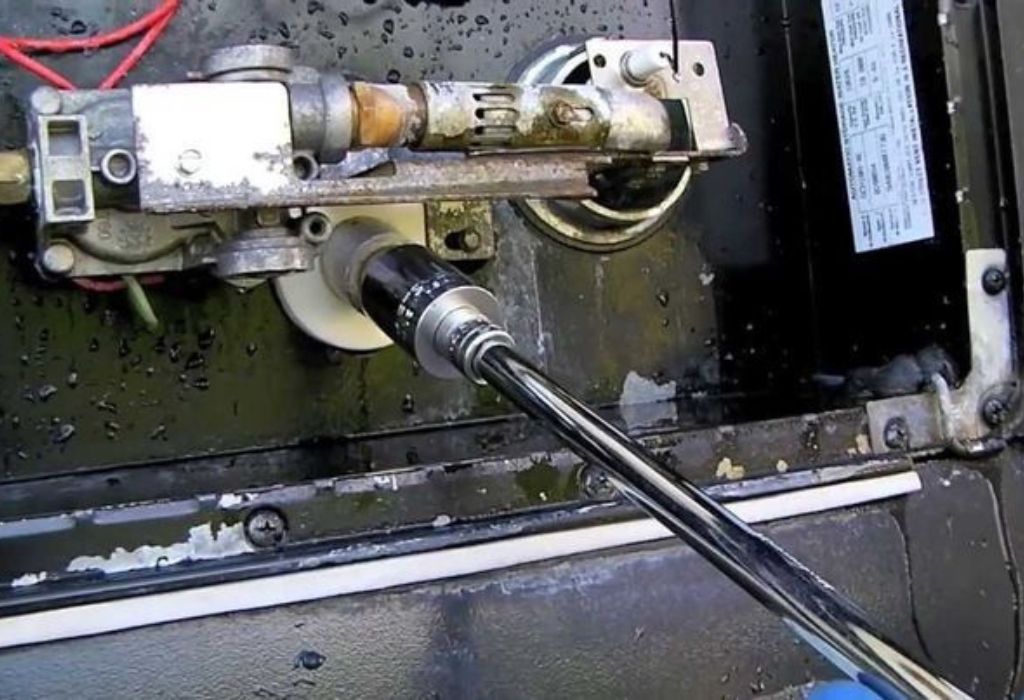
Sometimes persistent air problems signal deeper issues. If bleeding fails repeatedly, professional inspection may be needed.
Continuous sputtering or cycling usually points to a pump or valve problem. A technician can test the system for leaks or back-flow.
Replacing a worn check valve or damaged hose may be cheaper than enduring ongoing air problems.
When is professional help necessary?
If air keeps returning despite proper bleeding or if pressure drops drastically.
What component fails most often?
Check valves and fittings around the pump are the usual suspects.
Can a failing pump cause the issue?
Yes, a damaged diaphragm inside the pump can draw air instead of water.
Are there tools to diagnose air leaks?
Technicians use pressure gauges and flow sensors to locate hidden leaks .
Should you upgrade the plumbing system?
If the RV is older or uses brittle fittings, upgrading to newer PEX lines can improve reliability.
Conclusion
Air in RV water lines may seem harmless, but ignoring it can shorten pump life and cause recurring pressure loss. The good news is that with a few simple steps, any RV owner can remove air, restore smooth water flow, and prevent future issues.
By understanding what causes trapped air, following a systematic bleeding process, and maintaining fittings, the water system stays efficient on every journey. Regular checks, timely valve replacements, and correct priming ensure that the plumbing runs as quietly as the open road itself.
So, before your next trip, take a few minutes to inspect and bleed your system. Learning how to get air out of RV water lines keeps every campsite shower, dish rinse, and coffee fill peaceful—and your adventures free from unwanted gurgles.
I’m David R. Coleman, the founder, lead writer, and lifelong tool enthusiast behind GarageToolPro.com. With years of experience in automotive repair, woodworking, and home DIY projects, I created this platform to share practical tips, detailed tool reviews, and step-by-step guides that help mechanics, hobbyists, and homeowners get the job done right the first time.

